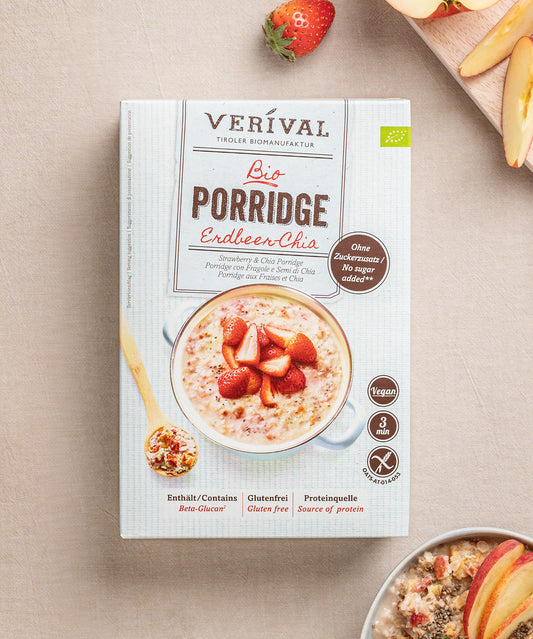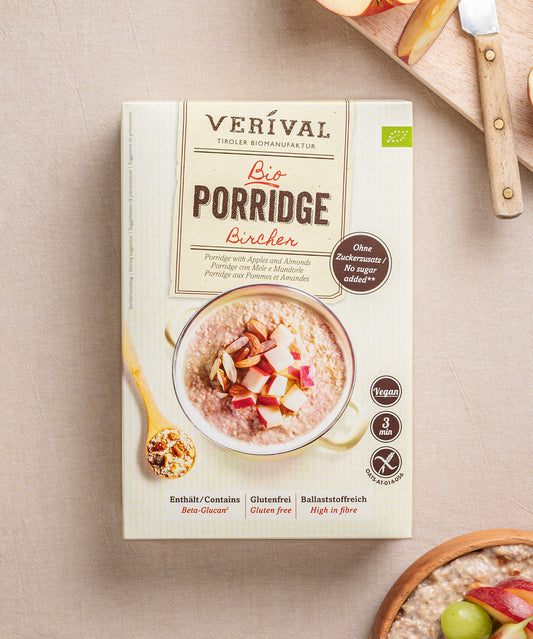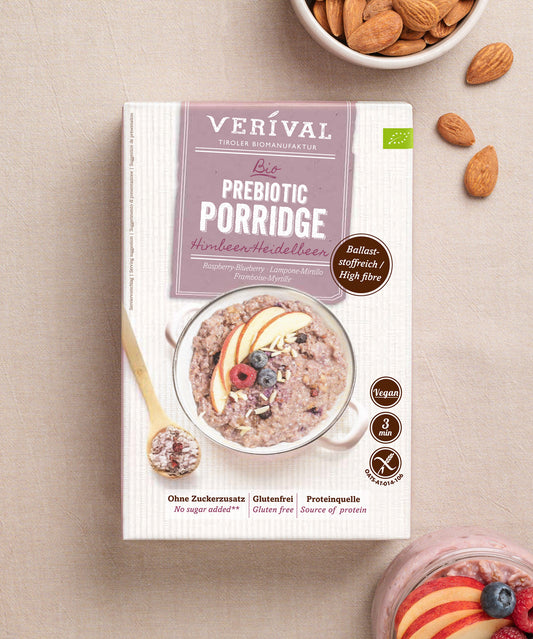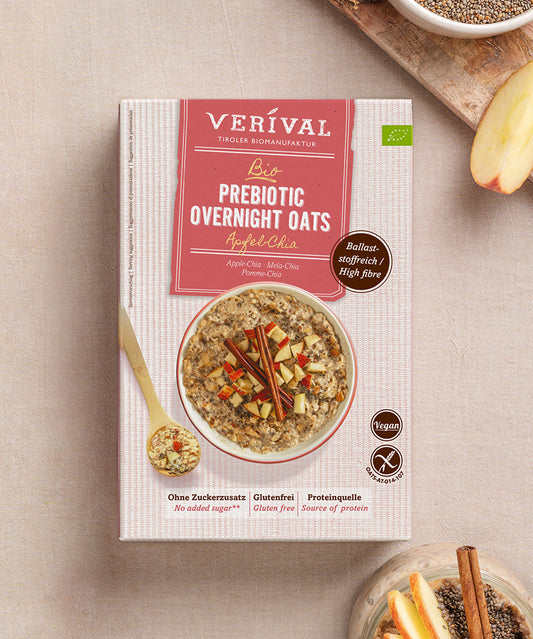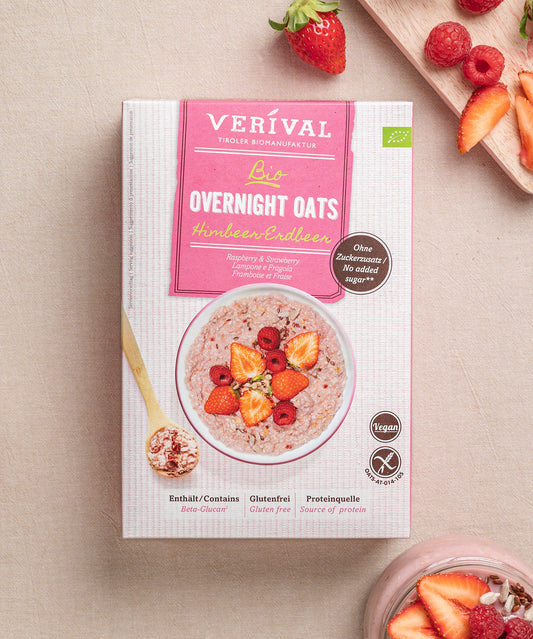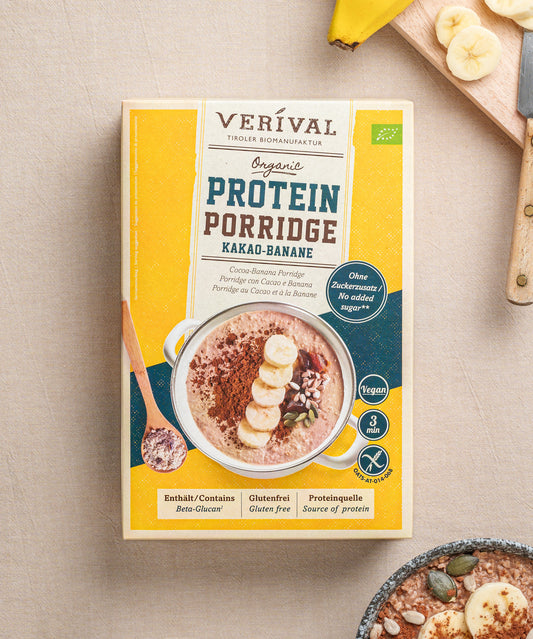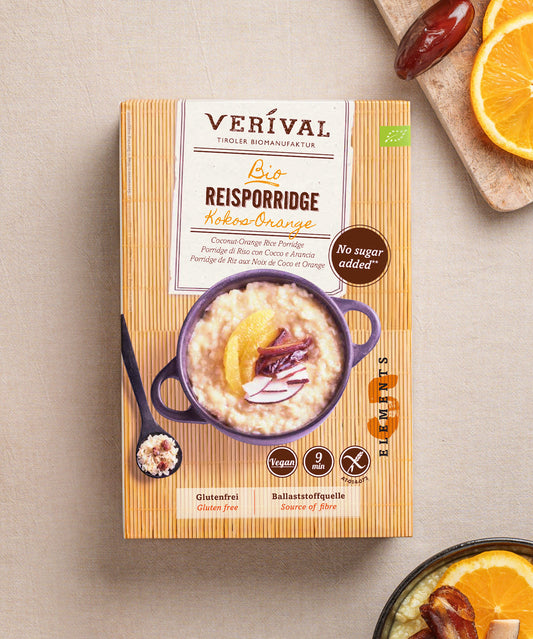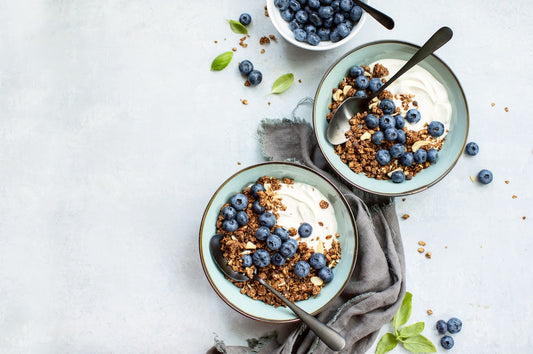The calorie requirements of women and men often differ significantly. Surely you know that the male members of the family can eat almost twice as much as the female ones.
They follow roughly the same lifestyle, but still hardly have any fat deposits or gain weight. The reason for the different calorie requirements lies in the biological differences between the two sexes.
Men have a different body composition than women, and the hormone balance also plays a role in whether someone gains or loses weight.
In the following article, we will explain the biological differences between the sexes. You will learn what your personal calorie requirements are and what you can do to even increase your calorie requirements.
Biological differences between men and women
Men and women are not only different in appearance. Biological differences such as the sexual organs, but also body composition or the hormone balance define the male and female body.
For example, men have a higher percentage of muscle and women have a higher percentage of fat because the body stores sufficient reserves for strenuous times such as pregnancy or breastfeeding .
Furthermore, men have more testosterone, women more estrogen, and also stronger fluctuations in the hormone balance, which sometimes also affect food intake.
Especially when estrogen levels are lower – that is, in the days before the period begins, as well as during menopause – the body reacts with an increased feeling of hunger .
The altered hormone balance also promotes water retention in the tissue , which can cause the weight to increase slightly.
The hormone balance of men is not subject to such large fluctuations, which is why they hardly experience phases of increased hunger or water retention.
There is another gender-specific difference in the stress hormone cortisol, which women release more strongly. Cortisol inhibits muscle building and promotes fat storage.
Furthermore, cortisol can suppress the feeling of fullness and at the same time activate the hunger hormone ghrelin . A stressful lifestyle therefore leads to the tendency to eat beyond your hunger, as there is hardly any satiety, and you are also increasingly hungry.
However, due to the increased cortisol levels, the extra calories are not stored in muscle tissue, but unfortunately in fat deposits. Therefore, if you want to lose weight, whether you are a man or a woman, you should avoid stress . This has a counterproductive effect on muscle building and the metabolic rate.
Calorie requirements of women
You can easily calculate your calorie requirements using a calorie calculator or take a guideline value based on daily exercise from the following table:
| Exercise workload per day | Calorie requirement |
| less than 30 minutes | 1800-2000 kcal |
| 30 to 60 minutes | 2000-2200 kcal |
| over 60 minutes | 2400-2800 kcal |

Calorie requirements of men
The calorie requirement is slightly higher in men because of the higher muscle percentage. Therefore, other guideline values apply to them:
| Sports activities | Calorie requirement |
| less than 30 minutes | 2100-2500 kcal |
| 30 to 60 minutes | 2500-2700 kcal |
| over 60 minutes | 3000-3500 kcal |

Body size, muscles and fat cells
The bigger you are, the higher your calorie requirement. The body burns more energy to maintain all bodily functions and enable you to perform.
The most crucial factor in terms of metabolism and calorie requirements is muscle and fat distribution. Women have a higher proportion of fat, which is particularly evident in the abdomen, hips, and thighs.
This "gluteofemoral" fat distribution ( gluteo from the gluteus muscle = gluteal muscle, femoral from the quadriceps femoris muscle = anterior thigh muscle) has little metabolic activity, which is why it stubbornly remains in place and is difficult to eliminate.
In contrast, men have two advantages. Firstly, they have a lower fat content with a higher muscle content at the same time, which means that the calorie requirement is fundamentally higher due to the higher metabolic rate of muscles.
Secondly, men accumulate fat in their stomachs. This “abdominal” fat ( abdominal from the rectus/transversus/obliquus abdominis muscle) is highly metabolically active , which means that it is easy to lose through exercise, an active lifestyle, and proper nutrition .
What influence does metabolism have on calorie requirements?
Metabolism refers to all processes that take place automatically in the body, e.g., maintenance of all body functions (organs, body temperature,...), building muscle tissue, digestion, energy supply, etc.
The stronger the metabolism, the more energy it requires in the form of food. Your body needs this energy to live and function. This is called the (individual) basal metabolism.
In nutritional science, the basal metabolic rate is divided into five different groups, depending on physical activity. These are characterized by the so-called pal("physical activity level") factors . The pal value thus results from whether you do physical work or spend the day predominantly in sedentary activity.
You can increase your metabolism through high muscle mass with low fat mass at the same time, protein-rich foods , but also when you exercise.
Proteins require more energy in the digestive process than carbohydrates or fats, and exercise as well as the subsequent regeneration increase the power turnover, which in turn increases your calorie requirement.
Tips for losing weight for men and women
There are several ways to lose weight:
- You can eat in a calorie deficit , which is slightly below your calorie needs.
- Avoid stress .
- A higher muscle percentage and an active lifestyle increase both your basic and performance turnover. You don't just have to do strength training to build muscle. A combination of endurance and strength training is most conducive. But you can also burn calories by taking a longer walk.
- Ensure a healthy and balanced diet .
A balanced diet means something of everything. Each meal should contain the three macronutrients carbohydrates, fats, and proteins .

Carbohydrates are found in cereals such as oats or starchy vegetables such as potatoes, fats and proteins in fish, milk and dairy products, avocados, nuts, and seeds.
Micronutrients, i.e. vitamins, minerals, and trace elements from fruits and vegetables, are important for internal body processes and the immune system . Choose foods based on the “eat the rainbow” principle; the more colorful your meal is, the more different micronutrients you consume.
Oats are particularly recommended for weight loss . This makes you full for a long time, promotes intestinal health and can be prepared in an extremely variable way, both sweet and savory.
For example, you can prepare oatmeal or porridge with milk for breakfast and add fresh fruit and nuts , or prepare a broccoli porridge for lunch instead of a broccoli risotto.


